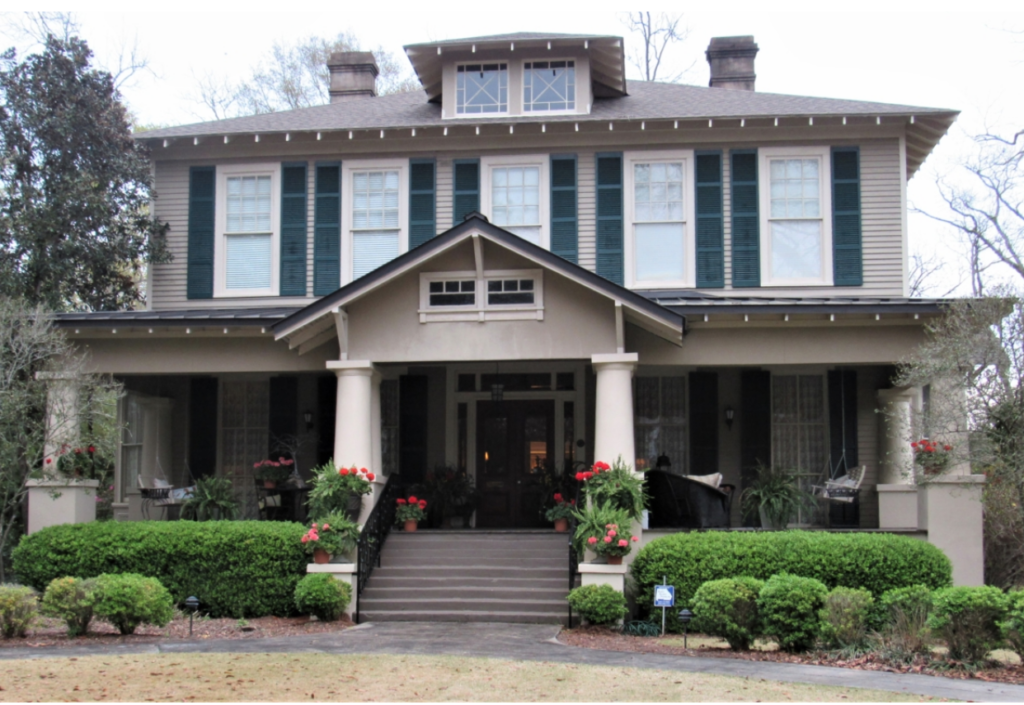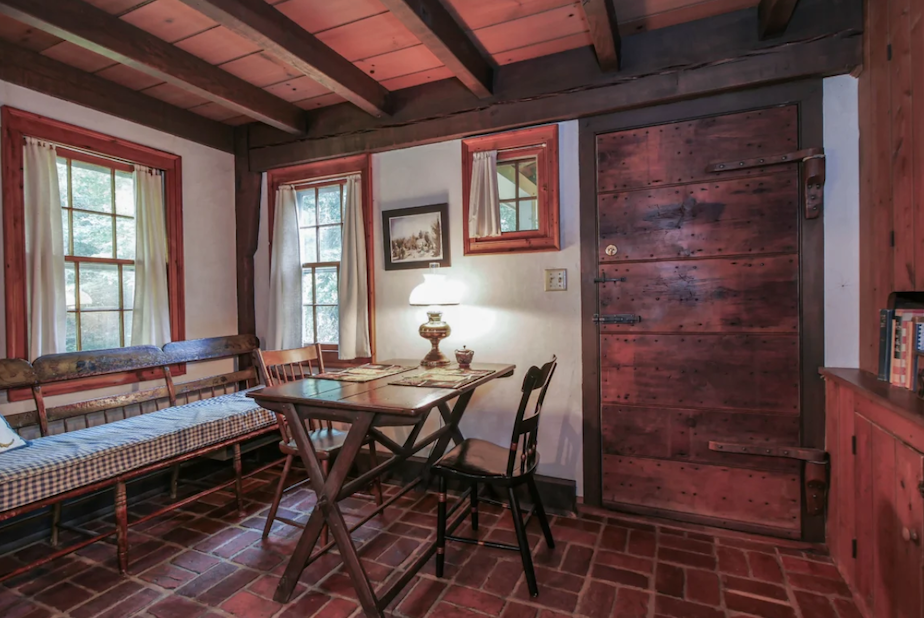If you love old houses but don’t spend every day swimming in the waters of historic preservation public policy, you may well ask, what is the National Register of Historic Places?
You’ve come to the right place.
Let’s start with the official definition: The National Register of Historic Places (National Register, for short) is the United States of America’s “official list of the Nation’s historic places worthy of preservation.” Created by the National Historic Preservation Act of 1966, the National Register is administered by the National Park Service (the same agency that looks after places like Yellowstone and Independence Hall).
So, it’s kind of a big deal.
Never fear, though. CIRCA calls NR “holy grail of old house honors” for a reason. In many cases, it is purely honorific, meaning it doesn’t carry the kinds of restrictions that, for example, local landmark designation does. (There are exceptions, for example where municipalities have written their historic preservation or zoning laws specifically to regulate properties listed on the National Register. When it comes to understanding land use, start at the local level.) Rules about how National Register properties can and cannot be treated typically kick in when state or federal money is being used to develop them, or if a permit is needed from a state or federal agency, or if the owner is seeking to take advantage of tax incentives available for rehabilitation. In other words, when there’s some kind of benefit available (carrot and stick). More on that below…
To shed some light on the types of properties that are eligible for the National Register, here’s a round-up of recent CIRCA listings that meet one or more of the following criteria (for more detailed information, this NPS resource is helpful):
- A specific event marking an important moment in American prehistory or history, or a pattern of events or a historic trend that made a significant contribution to the development of a community, a State, or the nation. (Criterion A)
- Associated with individuals whose specific contributions to history can be identified and documented. (Criterion B)
- Embody distinctive characteristics of a type, period, or method of construction, represent the work of a master, possess high artistic value, or that contribute to a significant whole (i.e., a historic district). (Criterion C)
There’s one more criterion (D) that mostly pertains to archaeological sites. Also, properties must typically be more than 50 years old at the time of listing (with some exceptions).
So, without further ado, some ravishing images of outstanding historic properties…
Finally, this is not a house; it’s a big, rambling, 100-room, ca-1900 hotel in famous spa town Sharon Springs, NY, included in the downtown National Register historic district. As a potentially income-producing property, it could be eligible for both state and federal income tax credits for historic rehabilitation. The new owner would need to apply through New York’s state historic preservation office (every state has a “SHPO”) and adhere to the U.S Secretary of the Interior Standards of Historic Rehabilitation. It’s a process, but the “carrot” is a credit worth 50% of total qualifying expenses (20% federal, 30% New York State). Now THAT’s worth preserving!
Additional Resources:
Helpful playlist created by the National Trust For Historic Preservation on Youtube.
Worth Preserving Blog- How to find out if your property is listed on (or eligible for) the National Register
 AUTHOR KATE WOOD grew up criss-crossing the country in the family’s Volkswagen Bus, visiting house museums, battlefields, Main Streets, and national parks. Today, she is an award-winning preservationist, real estate broker and principal of the full-service historic rehabilitation consulting firm, Worth Preserving. Kate believes in the essential value of old-building stewardship to sustain community character. For her, each property is a cause and each client a fellow advocate. She specializes in matching people with properties, skilled contractors, historic tax credits and other benefits to support top-tier rehabilitation projects.
AUTHOR KATE WOOD grew up criss-crossing the country in the family’s Volkswagen Bus, visiting house museums, battlefields, Main Streets, and national parks. Today, she is an award-winning preservationist, real estate broker and principal of the full-service historic rehabilitation consulting firm, Worth Preserving. Kate believes in the essential value of old-building stewardship to sustain community character. For her, each property is a cause and each client a fellow advocate. She specializes in matching people with properties, skilled contractors, historic tax credits and other benefits to support top-tier rehabilitation projects.









